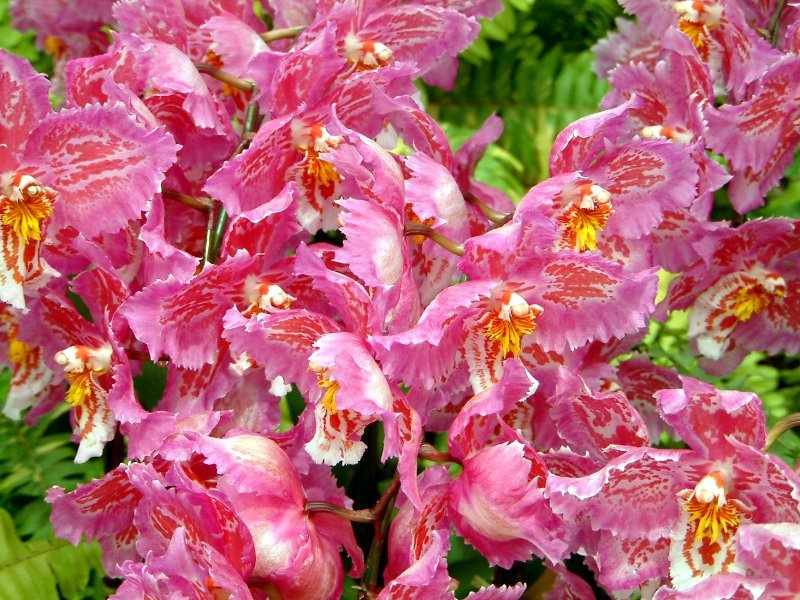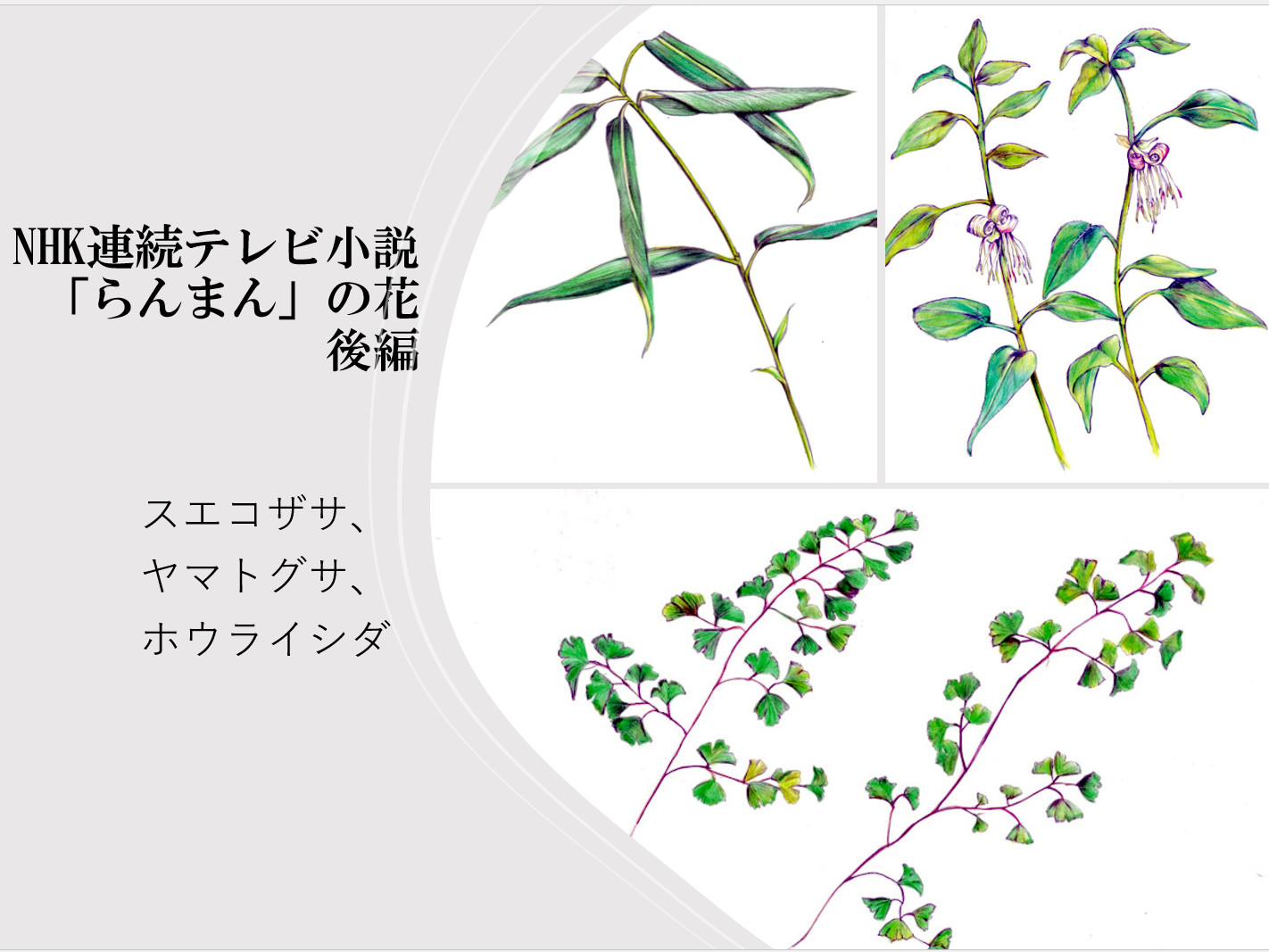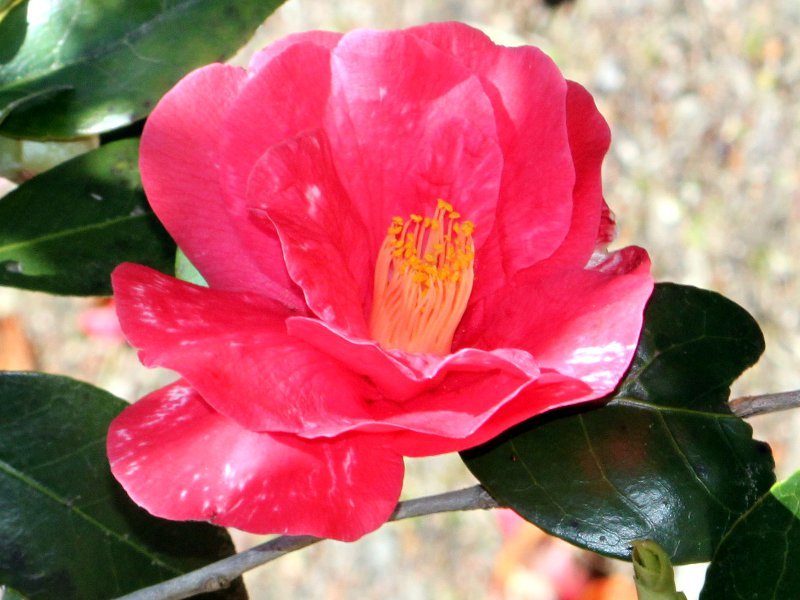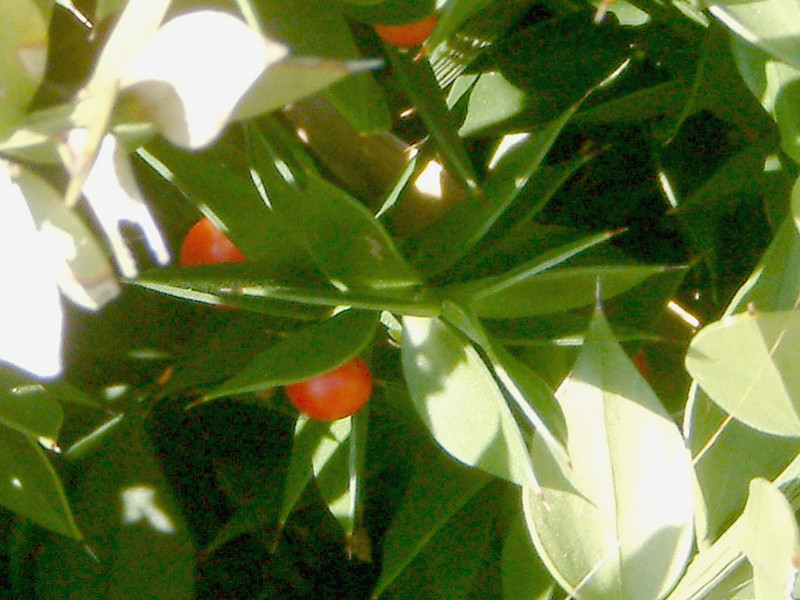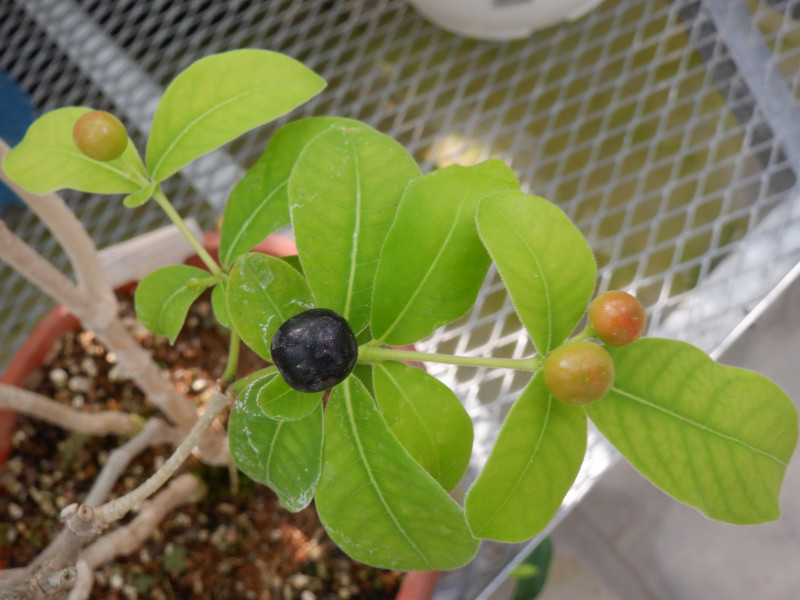Begonia Dragon Wing
- Flower nameBegonia Dragon Wing
- Scientific nameBegonia x hybrida Dragon Wing
- AliasBegonia dragonwing
- Place of originhybrid species from South America
- Place of floweringGarden, Park, Horticultural species, Potted flower
- Flowering seasonJanuary, February, March, April, May, June, July, August, September, October, November, December
- Language of flowersEternal glory
What is Begonia Dragon Wing
Begonia Dragon Wing (Scientific Name: Begonia x hybrida Dragon Wing) is a hybrid species from South America, belonging to the family Begoniaceae in the order Violales. It is a perennial herb with an upright growth habit. It is a hybrid between Begonia coccinea (Cane Begonia) and Begonia semperflorens.
This compact F1 hybrid begonia grows to a height of 40 cm, with the plant spreading its "wings" as suggested by the name Dragon Wing. It is robust, blooms profusely, and flowers year-round. The leaves are dark green, glossy, and asymmetrical, with a slightly distorted elliptical shape. The flowers are large, drooping, and deep red, offering an intriguing contrast.
It is monoecious, with female flowers having 5 petals and male flowers having 4 petals. The flowers are 2-3 cm in diameter, and they come in two colors: red and pink. It has long-lasting flowers and blooms continuously, particularly during its growth period from May to October.
It is commonly used in hanging baskets, containers, and flowerbeds.
Common Name: Begonia Dragon Wing
Scientific Name: Begonia x hybrida Dragon Wing
Other Names: Hybrid Begonia, Dragon Wing Begonia
Classification: Angiosperms, Dicotyledons, Order Violales, Family Begoniaceae, Genus Begonia
Origin: Hybrid species (South America)
Height: 40 cm
Leaf Characteristics: Glossy dark green, asymmetrical, slightly distorted elliptical shape
Flower Type: Monoecious, 5-petaled female flowers, 4-petaled male flowers
Blooming Period: Year-round
Flower Diameter: 2-3 cm
Flower Colors: Red, Pink
Uses: Hanging baskets, containers, flowerbeds, window boxes
Pests: Whiteflies, thrips, mites, mealybugs
Diseases: Powdery mildew, root rot, stem rot


